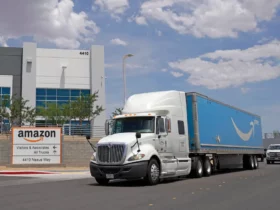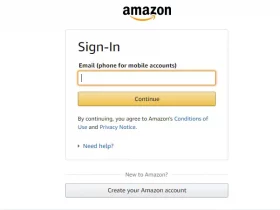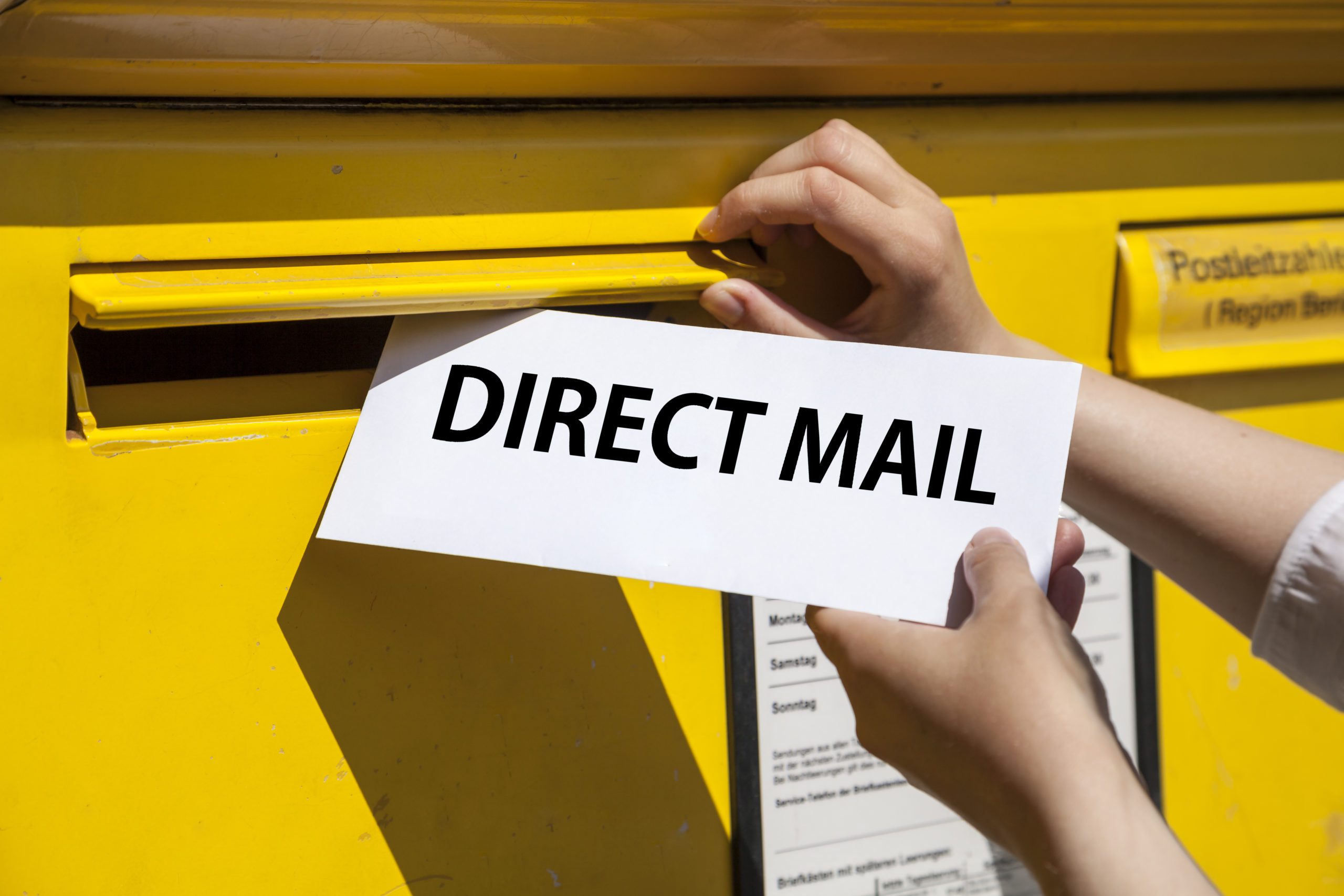Amazon advertising is one of the most effective strategies for sellers to increase sales and brand awareness.
Amazon PPC management can be an effective way to get your product in front of more potential customers and drive sales.
As more and more people start to shop online, it’s important to make sure that you’re doing everything you can to get ahead of the competition on Amazon.
In the last year, over $3.5 billion in sales were made by third-party sellers in a single day.
This means that the competition is fierce and you need a way to get ahead of the competition and stay on top of your niche.
That’s why it’s so important to pay for Amazon PPC advertising as this helps you to buy visibility for your products and place them near the top of Amazon search results.
Amazon PPC management may seem like it’s just for large, established brands, but it can be extremely beneficial to any type of business, especially if you’re looking to grow your brand or spread awareness about your product or service on the Amazon marketplace.
If you’re unfamiliar with Amazon PPC management, where do you even begin? Keep reading to learn what Amazon PPC management entails and how you can use it to increase your sales.
What is Amazon PPC?
The advertising model utilized on Amazon is Amazon PPC (Pay per Click). Advertisers compete for the best advertising slots on Amazon, with the highest bidder getting the best spot.
Advertisers only pay Amazon the charge they have bid when a shopper clicks on their ad. Sponsored Products is a term used to describe Amazon PPC ads.
PPC ads are paid for when someone clicks on them, as the term implies. They pay a predefined price determined by a unique form of real-time auction.
The seller that offers the highest price for a search phrase will have their ad appear first.
The ad for the second-highest bidder appears in the second spot, and so on for the lesser bidders.
Bids can be adjusted by sellers to reflect when adverts will show.
They may, for example, bid lesser sums for advertising that appear late at night in a certain place than for ads that appear early in the evening.
Benefits of Using Amazon PPC
You can advertise your products on Amazon PPC in a channel where customers are looking to buy.
You will be targeting people who are specifically searching to buy your sort of product if you choose the right keywords.
You may use these adverts to increase the visibility of your product or brand on Amazon.
Amazon offers a variety of targeting options, making it easy to guarantee that your advertising are only seen by the right group of potential buyers.
Depending on your objectives, you may change the sort of ad you use and how you manage your campaigns.
Amazon has a lot of leeway in this area. You’ll also discover a lot of third-party Amazon PPC software samples to help you fine-tune your campaigns.
PPC sales on Amazon have an impact on your organic ranking.
The more purchases you generate through PPC advertisements, the higher your organic rankings for those products will be.
This is especially important for new products that don’t have a track record of sales.
Ideally, you should start an Amazon PPC campaign as soon as you launch a new product on Amazon, while other experts advise waiting until you have at least three to five reviews.
How Does Amazon Paid Search Work?
Every month, Amazon receives millions of searches.
They type in search terms (keywords), which may be anything from a single word to a complex sentence (long-tail keywords).
The majority of consumers who use Amazon do so to make a purchase, not to browse.
They will frequently put a specific brand or product name in the search area if they know what they want, such as “ASICS Men’s Gel-Venture 7 Running Shoes.”
If they’re unsure, they’ll probably write a broader search word, such as “Running Shoes” or even “Shoes.”
As a consequence of their search, Amazon retrieves a list of items.
These will primarily be “organic” search results, meaning they will not have been impacted by paid advertising.
Amazon will use effective search engine optimization (SEO) to try to identify the most relevant search results based on product listings.
Amazon, on the other hand, provides a second list of results, dubbed “Sponsored.”
These are the results of a sponsored search. “You’re seeing this ad based on the product’s relevancy to your search query,” if you hover your mouse over the little ‘i’ sign underneath a Sponsored Ad.
Sponsored Ads appear in a variety of places on Amazon, including above and beside organic results.
Multiple sellers on Amazon will frequently compete for a high-ranking position for certain search keywords. When choosing where a certain ad will appear, Amazon considers two factors:
- Their cost-per-click (CPC) bid price — those who pay more for better ad placement get better spots.
- Quality factor — Amazon assesses an ad’s “quality” based on the chance of someone clicking on it. It provides high-quality advertising a bonus, which means that an advertiser with a high-quality ad may bid less for a slot than someone with a lower-quality ad.
How the PPC Auction Works
Although the majority of the action takes place in real-time behind the scenes, your adverts are based on a bid system.
You’re fighting for ad space with others which are mostly your competitors.
As a result, Amazon chooses advertising by auctioning off each ad spot.
Each potential advertiser places a bid for the most they are willing to pay for each click on their ad. The highest bidder receives the ad space on Amazon.
However, you won’t have to pay the whole price you bid since Amazon charges the highest bidder $0.01 (one penny) more than the second-highest bidder.
For a given search query, there is often enough room on a page for many adverts. With that Amazon uses the same strategy for everyone.
Each winning bid pays $0.01 more than the seller who placed the lowest bid.
How Does Amazon Charge for Ads?
When someone clicks on your ads, you pay Amazon. You don’t pay for impressions, so everybody who views but ignores your advertising isn’t costing you anything.
What you bid in the PPC auctions will determine the precise price you pay.
On Amazon, the typical cost per click (CPC) is usually between $0.02 and $3.00.
This cost, however, might vary significantly based on the product category, marketplace, ad style, and intensity of ad space competition.
When it comes to advertising on Amazon, this is usually the only fee you’ll incur. Amazon does not tack on any extra charges.
In conclusion, Amazon PPC may appear to be a difficult advertising choice to master, but with time, generating good campaigns and ads becomes second nature.













